PALS Megacode Scenario Simulations on Wide Complex Tachycardia (Practice Paper)
The PALS Wide Complex Tachycardia Practice Paper provides essential guidelines for the identification and management of complex tachycardia in pediatric patients. The paper outlines appropriate interventions, including pharmacological treatments and the use of cardioversion. By following these protocols, you can enhance their skills in managing this critical condition effectively.
Hurry, don’t let time run out! 5 mins 00 secs
2/10
Good try!
Now you can give it another shot9/10

